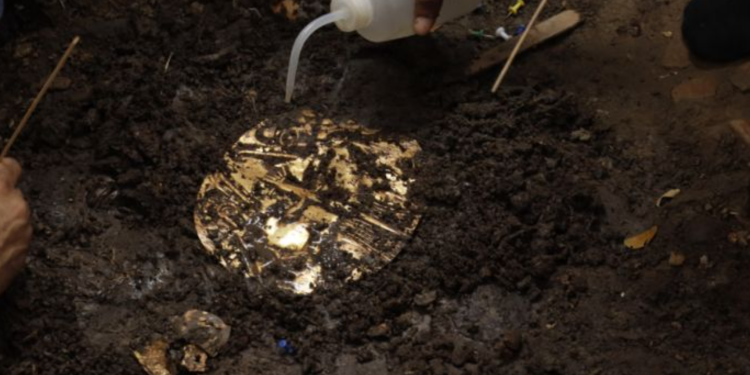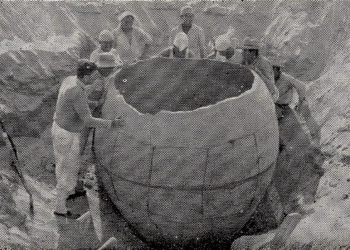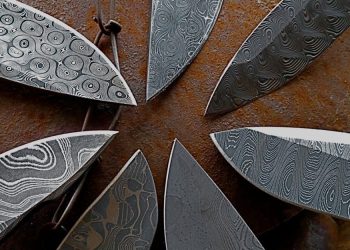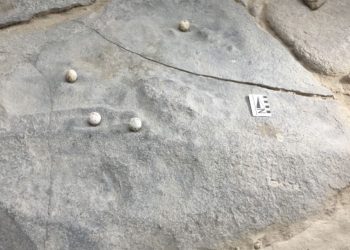In the lush Rio Grande Valley of Panama, archaeologists have unearthed a tomb that opens a window into the opulent and spiritual world of the ancient Coclé culture. Dating back approximately 1,200 years, this discovery at El Caño Archaeological Park highlights the rich traditions and hierarchical society of a people who thrived from 200 BCE to 1550 CE.
The excavation revealed the final resting place of a young lord, buried with an array of gold artifacts that signify both wealth and spiritual beliefs. The tomb, discovered in 2011, stands out for its lavish contents and the chilling evidence of human sacrifice—up to 31 individuals were interred alongside the elite, marking a spine-tingling ritual of companionship beyond death.
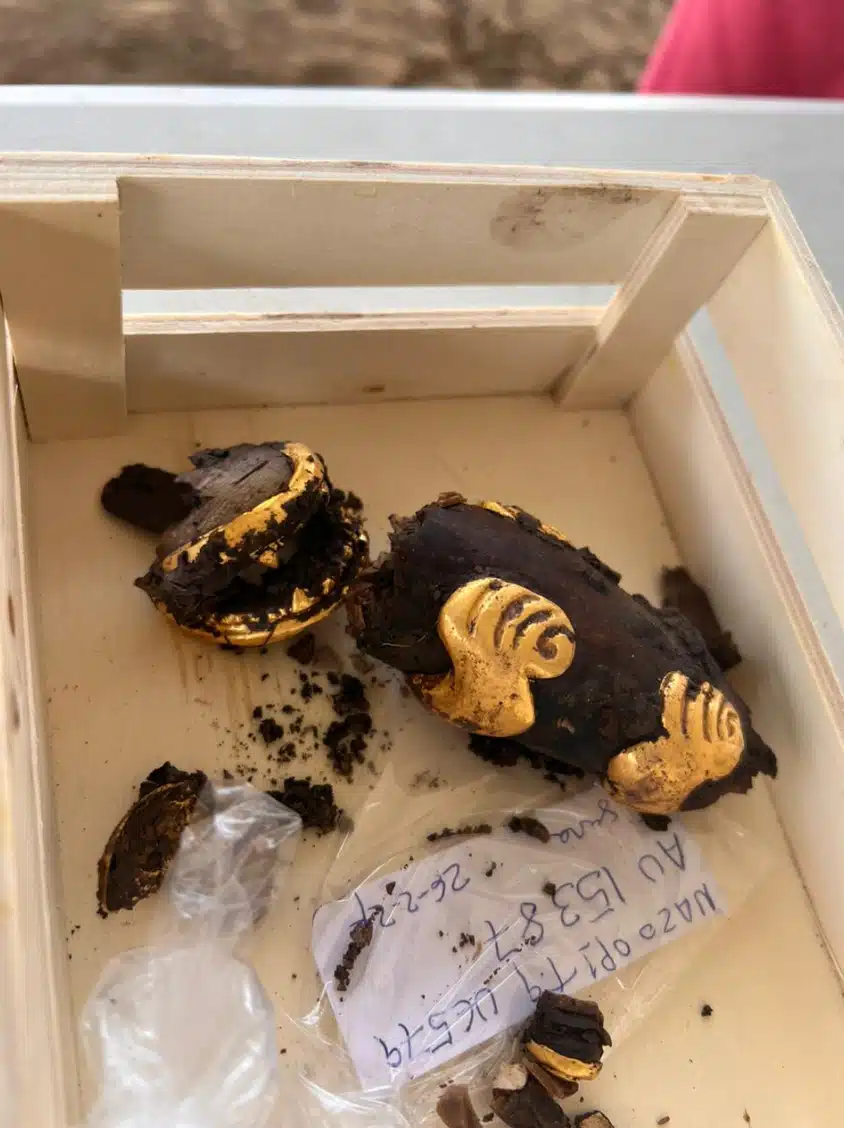
Artifacts of Gold and Mystery
Among the treasures are two gold bead belts, four bracelets, assorted earrings depicting men, women, and a crocodile, a beaded necklace, and unique earrings made from sperm whale teeth covered in gold. These items, along with gold plates, bells, dog teeth bracelets, and bone flutes, paint a picture of a culture that valued the spiritual connection of these items with the afterlife.
The work of Julia Mayo and her team promises to unravel more about the Coclé’s cultural, spiritual, and political dimensions. As excavations proceed, each artifact and bone tells a story of power, belief, and the eternal quest to accompany leaders into the afterlife.



